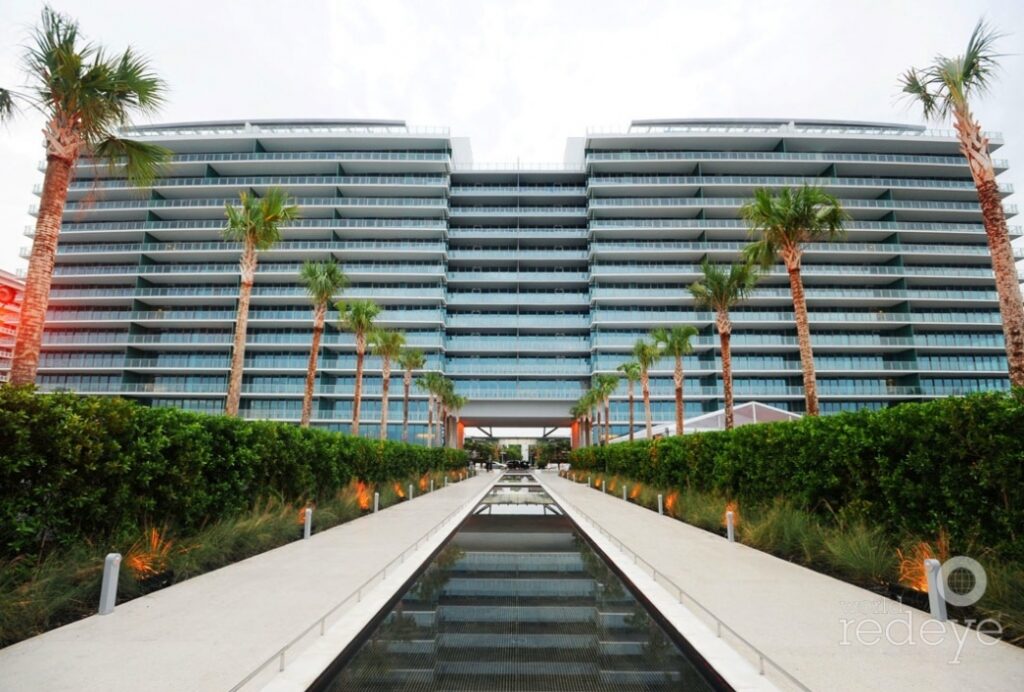

By Peter Zalewski, Special to the Miami Herald
A new rental market epicenter that could significantly influence South Florida residential real estate trends for years to come is slowly taking shape around Biscayne Bay in Miami-Dade County.
At first glance, the residential real estate markets of Greater Downtown Miami and the Miami Beach neighborhood of South Beach — defined as stretching from South Pointe Drive north to 41st Street — are distinctively different.
South Beach is an international destination known for historic Art Deco buildings, celebrity sightings and a legendary late-night club scene.
South Beach’s sandy shore, which is a must-see for swimsuit-clad visitors, often makes the lists of the best beaches and people watching in the world.
Contrast this with Greater Downtown Miami, and its rocky-bottom shore, which features numerous modern high-rises, a well-documented problem with the homeless, and a happy-hour culture resulting from the numerous professional office workers in the area.
Despite the stark differences, lease prices are increasingly growing similar as the two areas morph into one large rental market that effectively stretches from the Julia Tuttle Causeway south to the Rickenbacker Causeway, and the Atlantic Ocean west to Interstate 95.
The last two real estate cycles that were fueled by out-of-town investors — who purchased condo units with the intention of leasing out the properties to tenants — have worked to create an expansive variety of luxury and economic rental options on both side of Biscayne Bay.
The mainland and the barrier island alike now feature a number of new projects by so-called star architects, a variety of high-end hotels, and a growing number of luxury retailers.
Expanded trolley bus services and the arrival of car-sharing companies such as Uber and Lyft is making it ever easier to travel between the mainland and barrier island without a fear of finding — or affording — a parking spot.
Reports that the city of Miami Beach is “pushing forward” with plans for the long-discussed Bay Link light-rail passenger service connecting the barrier island and the mainland would likely only work to expedite an evolutionary process that is already underway in the two rental markets.
Prospective tenants from the western suburbs of South Florida together with new arrivals to Miami-Dade County have bolstered the existing demand for rental properties in the Greater Downtown Miami-South Beach market.
Consider that in 2015, tenants leased nearly 9,500 properties at a median monthly lease price of $2.51 per square foot in this Greater Downtown Miami-South Beach rental market compared to the oldest readily available rental statistics from 2011 when less than 7,350 properties were rented at a median monthly rate of $1.97, according to data from the Southeast Florida MLXchange.
For context, the median monthly rental price was $1.84 per square foot for all leases completed east of Interstate 95 and/or South Dixie Highway in Miami-Dade County in 2015 compared to $1.47 per square foot in 2011, according to the data.
Despite the spike in prices around Biscayne Bay, the Greater Downtown Miami-South Beach area is outpacing in rental rates and leasing activity the Miami-Dade County market east of I-95 and/or South Dixie Highway, according to the data.
Drilling down deeper into the statistics shows that the median monthly rental price in South Beach was only about 10 cents per square foot more than in Greater Downtown Miami in 2015 and 2014.
By comparison, tenants in South Beach paid on a median monthly basis about 13 cents more in 2013 and 22 cents more in 2012 than in Greater Downtown Miami, according to the stats.
Indications are the difference in rental prices on the barrier island and mainland could continue to shrink given the amount of properties available for lease in South Beach compared to Greater Downtown Miami.
Based on the 2015 leasing activity, South Beach currently has about 4.5 months of supply available for rent. Greater Downtown Miami, by comparison, has about three months of supply currently on the market.
A balanced residential real estate market is considered to have about six months of supply available for lease. More months of supply suggests a tenant’s advantage and less months indicates a landlord’s advantage.
The unanswered questions going forward is whether the resale price premium being paid for South Beach condo units will continue to be the norm as Greater Downtown Miami increasingly garners some of the highest rents in the tricounty South Florida region.





No comment yet, add your voice below!